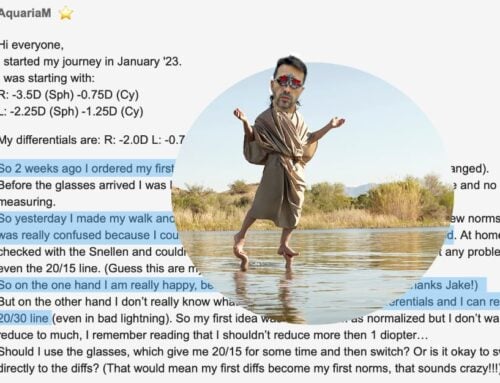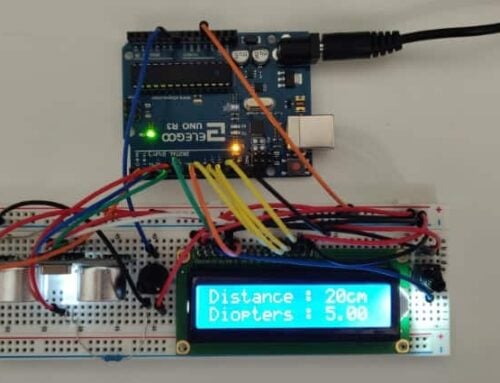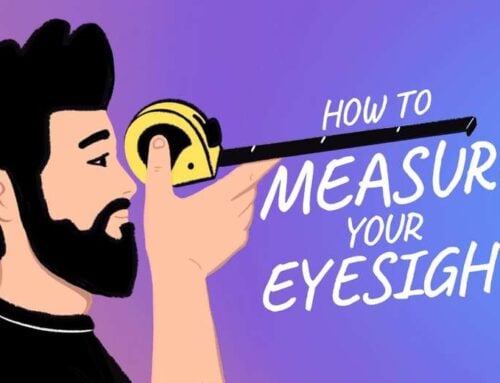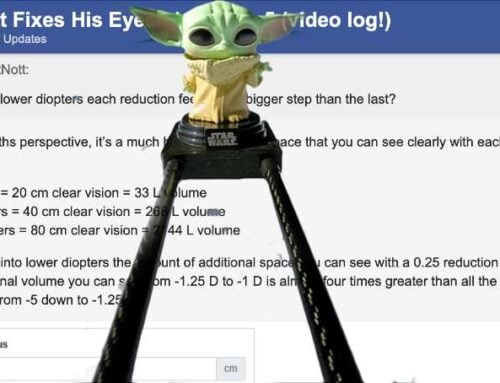“A cycloplegic refraction is performed as a part of a laser visual correction,
or LASIK, consultation to determine the absolute refractive error before
before proceeding with laser eye surgery.”
A cycloplegic refraction is an eye test performed by an optometrist after the instillation of drops which will temporarily paralyse the ciliary muscle, preventing the eye from accommodating and constantly changing prescription. This prevents over-prescription in these cases, ie. too much minus in a prescription, giving a more accurate result.
Under normal conditions, an experienced optometrist should be able to control accommodation, ie. stop the ciliary muscle from working for the duration of the eye-test, using various blurring techniques and ensuring that the patient maintains their focus on a distant object. However, this is not always possible, for example in children, who, not only have a very active accommodation, but find it difficult to maintain focus on a single distant object, so a stable prescription cannot be found. A cycloplegic refraction is therefore recommended in these cases. The other situation in which a cycloplegic is indicated is when it is difficult to find a stable prescription during the eye-test in older children and adults. This is a clear sign that there is a spasm of accommodation, or a ciliary muscle spasm, which is probably due to prolonged close work prior to the eye-test.
So in every day practice most optometrists tend to do cycloplegic refractions only when absolutely necassary, for practical reasons. In children, drop instillation can be quite traumatic both for the child and the onlooking parent, as they do tend to sting a bit. In the case of adults, the difficulty in close -up focusing for 3-4 hours after the eye-test may be inconvennient, and the pupil dilation also brought on by the eye-drops will cause discomfort in bright sunlight, making driving hazardous.
Reading the quote above, though, got me thinking. If cycloplegic refractions are deemed more accurate and are used to find exact prescriptions before LASIK, why don’t optometrists perform them on all patients, even if they do cause some mild discomfort? At least on first-time patients. Would this not avoid over-prescribing? Combined with removing the glasses for near vision, a lot of early myopia may be avoided. You can request a cycloplegic refraction from your optometrist if you want one. Might be something worth thinking about.
—-
Posted by Despina



















